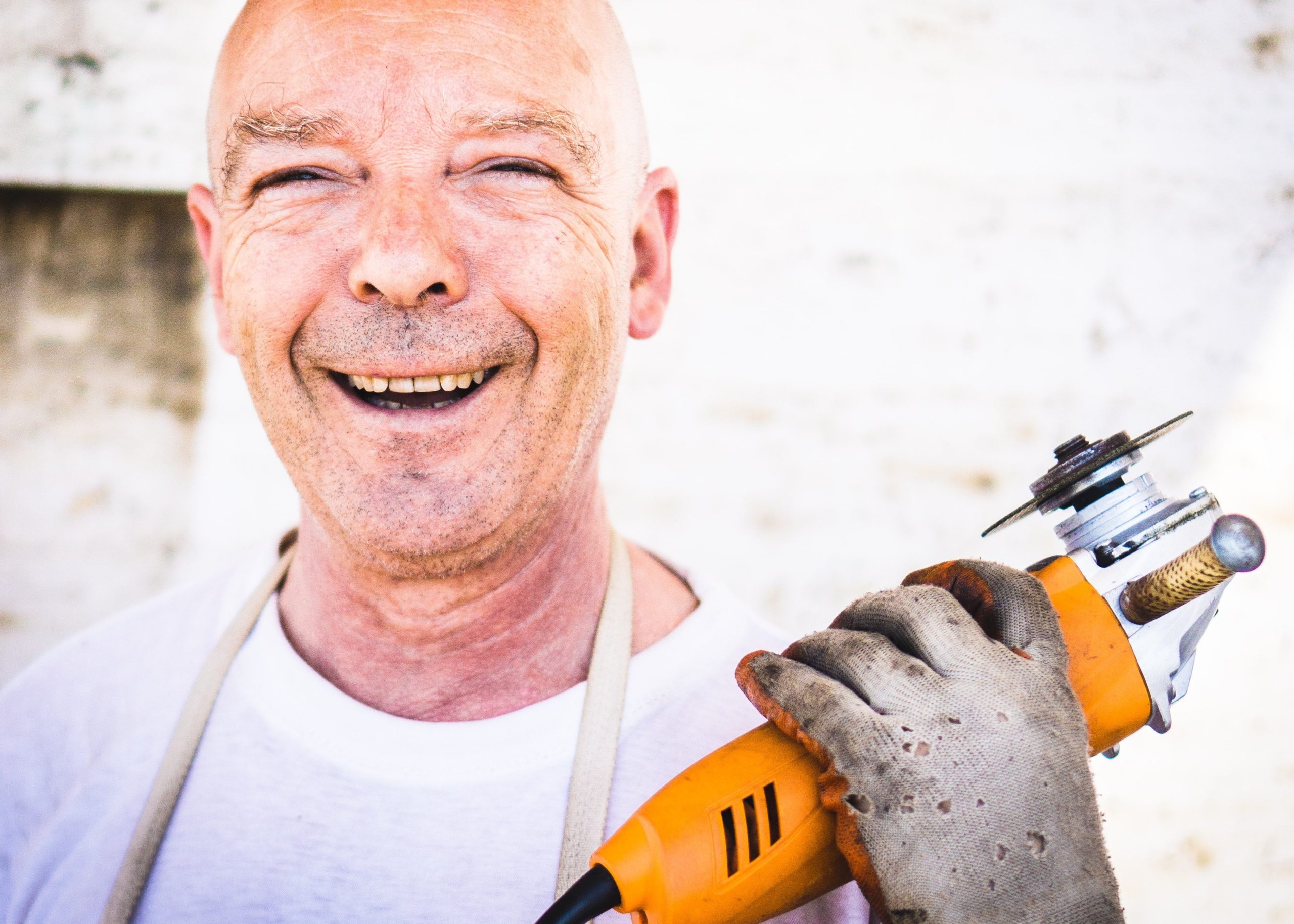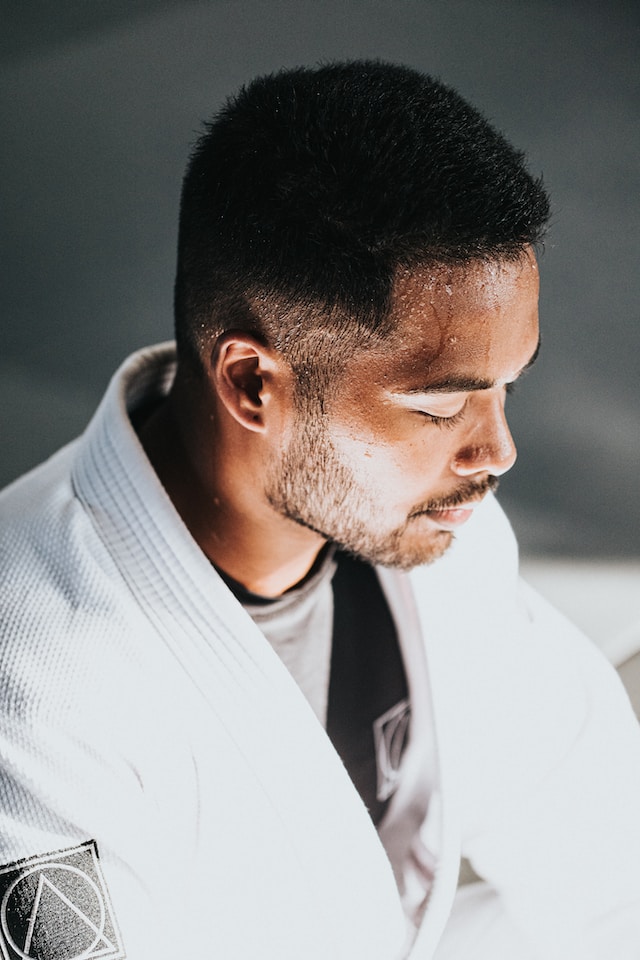Exploring the Factors Behind Excessively Greasy Hair
Dealing with excessively greasy hair can be frustrating, but knowing the reasons behind it can assist in finding effective remedies. Various elements may lead to excessively greasy hair, including genetics, hormonal imbalances, overactive sebaceous glands, and improper hair care practices. By determining the underlying reason, you can implement specific measures to effectively control and enhance the state of your hair.
Creating a hair care routine for excessively oily hair can help manage the excess oil production and keep your hair looking fresh and clean. Here are some steps to consider:
1. Shampoo regularly: Wash your hair every day or every other day with a clarifying shampoo specifically designed for oily hair. This will help remove excess oil, dirt, and buildup.
2. Focus on the scalp: When shampooing, pay extra attention to your scalp as this is where the oil is produced. Massage the shampoo into your scalp using gentle circular motions to stimulate blood flow and remove any residue.
3. Use a lightweight conditioner: Opt for a lightweight conditioner that won’t weigh down your hair or add extra oiliness. Apply it only to the ends of your hair, avoiding the roots.
4. Avoid heavy styling products: Minimize the use of heavy styling products such as serums, gels, and creams as they can add additional oils to your already oily strands.
5. Dry shampoo: Incorporate dry shampoo into your routine between washes to absorb excess oils and give your hair a refreshed look. Spray it onto roots and gently massage it in before brushing out any visible residue.
6. Skip excessive heat styling: Excessive heat from blow dryers, straighteners, or curling irons can stimulate oil production in the scalp. Try air drying whenever possible or use heat tools sparingly on low settings.
7.Comb properly : Avoid using fine-toothed combs that may lead to over-stimulation of glands resulting in increased secretion of sebum( natural oils secreted by our scalps ) instead opt for wide-toothed combs that cause less friction .
8.Watch what you eat : Certain foods high in fats , carbohydrates can affect naturally occurring levels of sebum which leads greasy hairs Stick with nutritious food choices like fruits , vegetable lean protein etc..

Creating a personalized hair care regimen is crucial for managing excessively oily hair and promoting a healthy scalp while combating greasy strands. Consider the following steps:
Opt for a mild shampoo designed to address oily hair concerns, avoiding products that contain sulfates. Check the label for components such as tea tree oil, witch hazel, or extracts from citrus fruits. These products can help balance the production of sebum without removing the hair’s natural oils.
When washing your hair, make sure to spend extra time massaging your scalp to eliminate excess oil, dirt, and buildup from hair products. Focus on scalp cleansing. To prevent your hair from getting oilier, don’t apply shampoo to the ends.
Make sure to rinse your hair completely to make sure there are no leftover residues of shampoo and conditioner. Accumulation of residue can lead to a shiny or oily look.
Use conditioner in small amounts and concentrate on the tips of your hair to reduce usage. To prevent your hair from looking greasy, refrain from using it on your scalp as this can make it heavy and weighed down.
1. Use a clarifying shampoo: Look for a shampoo specifically designed for oily hair. These shampoos are formulated to remove excess oil and buildup from the scalp.
2. Avoid over-washing: While it may be tempting to wash your hair every day, doing so can actually stimulate the production of more oil. Aim to wash your hair every other day or every two days to allow your scalp’s natural oils to regulate.
3. Rinse with cold water: Hot water can stimulate oil production, so rinse your hair with cool or cold water instead. This will help keep the oiliness in check.
4. Use a light conditioner: If you have oily hair, opt for lightweight conditioners that won’t weigh down your strands or add extra moisture to your scalp.
5. Don’t apply conditioner on the roots: Apply conditioner only on the lengths and ends of your hair, avoiding the roots as much as possible. This will help prevent excess oil buildup at the scalp.
6. Limit use of styling products: Try to avoid heavy styling products like serums, gels, and pomades that can contribute to greasiness in oily hair.
7. Use dry shampoo between washes: Dry shampoo is a great product for absorbing excess oil and giving your hair a refreshed look without washing it daily.
8. Avoid touching or brushing too often: Touching and brushing can spread oils from your scalp throughout your strands, making them appear greasier than they actually are.
9. Choose hairstyles that keep hair off the face: Keeping oily strands away from contact with the skin helps reduce transfer of oils onto facial skin which may cause breakouts or further issues with excess sebum production
10.Limit exposure to heat styling tools: Heat can strip moisture from both your scalp and strands, causing overproduction of oils in response.Try reducing usage of flat irons,curling wands etc.or using them on minimal heat setting
Taking care of excessively oily hair necessitates a blend of efficient methods and professional suggestions. Here are some tips to maintain beautiful, non-greasy hair:
1. Wash your hair regularly with a gentle shampoo: Regularly cleansing your hair will help remove excess oil and dirt that can contribute to greasiness. Use a mild shampoo that is specifically formulated for your hair type.
2. Avoid over-washing: While it’s important to cleanse your hair, over-washing can strip away natural oils and lead to an overproduction of oil by the scalp. Aim to wash your hair every 2-3 days or as needed.
3. Use a clarifying shampoo occasionally: If you notice buildup or excessive greasiness in your hair, using a clarifying shampoo once a week can help remove any residue and restore freshness.
4. Condition properly: Apply conditioner only on the ends of your hair, avoiding the roots where oil tends to accumulate. This will prevent weighing down the roots and adding extra grease.
5. Don’t skip on hydration: Hydrating your locks is essential for healthy-looking hair. Use a lightweight conditioner or leave-in treatment that won’t weigh down your strands.
6. Avoid heat styling tools: Excessive use of heat styling tools like flat irons and curlers can damage the hair and cause it to produce more oil as a protective measure.
7. Brush gently: Over-brushing stimulates oil production by distributing natural oils from the scalp throughout the rest of the strands more quickly than necessary. Brushing gently and sparingly will keep sebum distribution balanced.
8. Choose hairstyle products wisely: Opt for lightweight products such as mousses, gels, or serums designed for fine or oily-prone hair types to add texture and hold without weighing down your locks with excess grease.
9 Keep hands off! Constant touching of our tresses transfers oils from our hands onto our strands which adds unnecessary grease throughout especially if you have naturally oily skin type
10 Consider dry shampoos: Dry shampoos are a great option for freshening up your hair in between washes. They can absorb excess oil and add volume to your hair, making it appear less greasy.
Remember that everyone’s hair is unique, so it may take some trial and error to find the right routine for you. Adjust these tips according to your specific hair type and needs.
Keeping your hair clean by washing it regularly can assist in managing excessive oil production. Try to shampoo your hair every second day or as necessary to keep it looking clean and oil-free.
Do not excessively stimulate the scalp by vigorously brushing, massaging, or scratching it, as this can increase sebum production. Handle your hair with care and minimize excessive touching or styling.
Opt for lukewarm water instead: Using hot water can remove the natural oils from your skin and may even stimulate your body to produce more oil. To keep your scalp balanced, it is recommended to wash your hair with lukewarm water.
Select hair products that are light and oil-free to avoid weighing down your hair. Search for water or gel-based products that offer moisture without increasing oiliness.
Secrets to Achieving Gorgeous, Oil-Free Hair
If you’re struggling with oily hair, try these tips to achieve gorgeous, grease-free locks:
Consider incorporating dry shampoo into your routine to effectively combat oily hair in between washes. Massage the product into the roots to soak up extra oil and give your hair more body.
Steer clear of using heavy styling products such as waxes, gels, or creams, as they can make your hair appear greasy. Choose lighter options or limit their use.
Enhancing volume at the roots can effectively conceal any greasiness. To achieve more volume and bounce, you can apply a volumizing mousse to your hair or lift the hair at the crown while blow-drying.
Trying different hairstyles like updos, braids, and ponytails can help manage oily hair effectively. These techniques can help hide any oilyness and give your hair a clean, polished appearance.
By utilizing the advice and strategies provided by professionals, you can successfully control greasy hair. You will love having gorgeous locks that are not oily and have a vibrant appearance. Don’t let oily hair limit you—embrace these techniques and change your locks from greasy to stunning.










